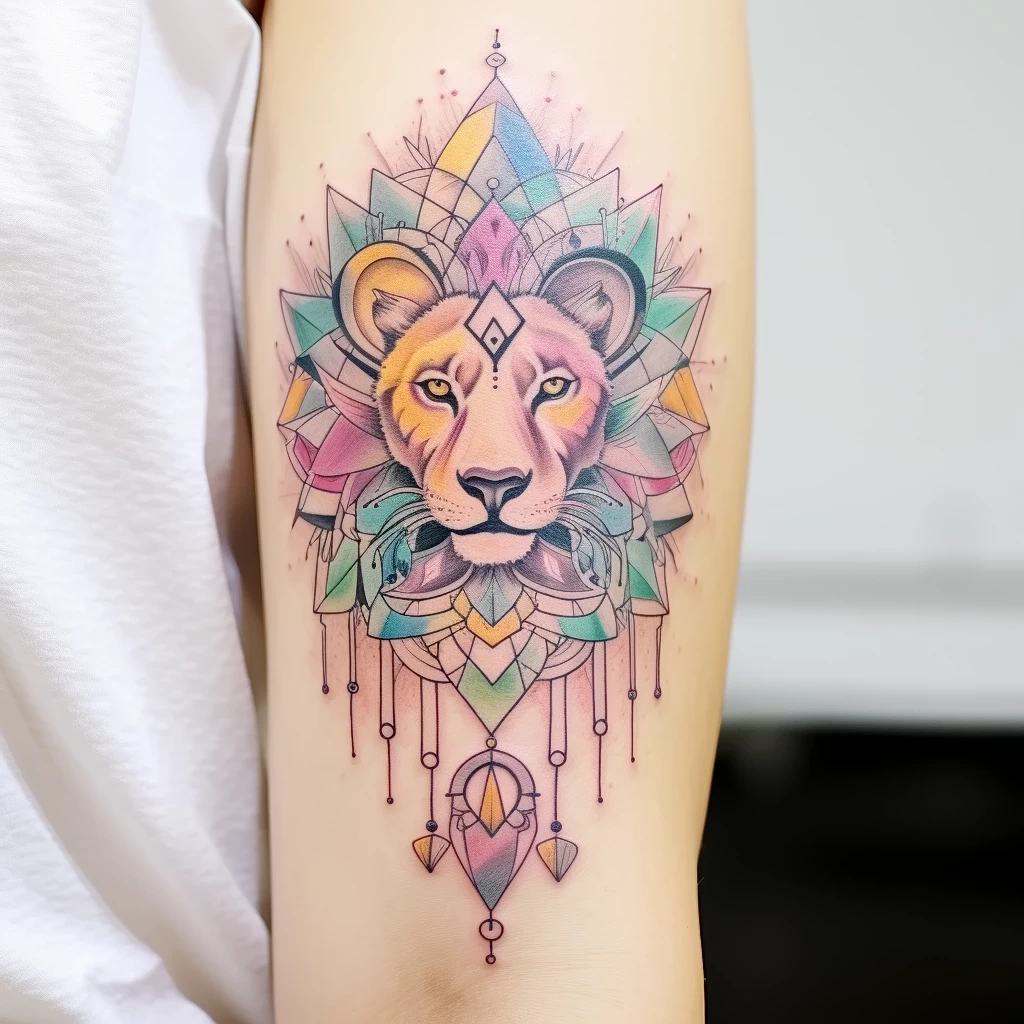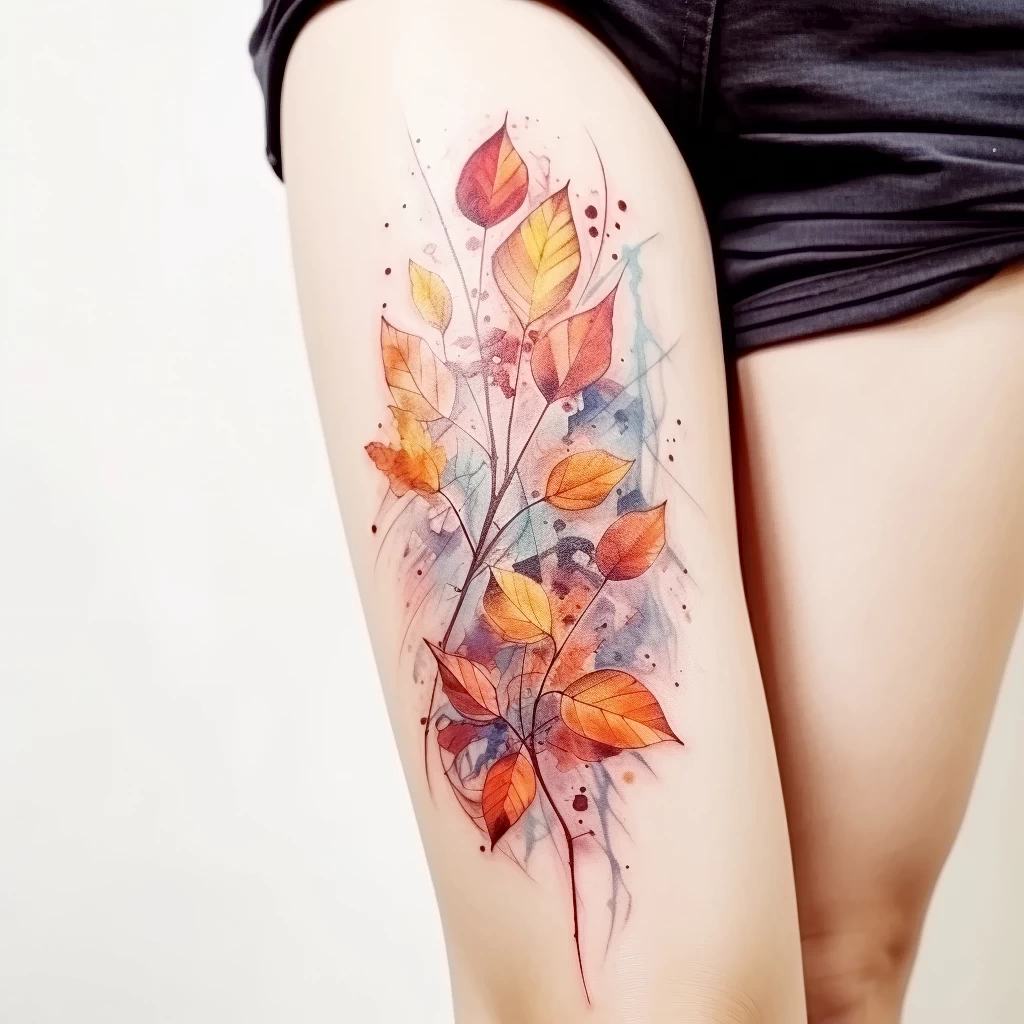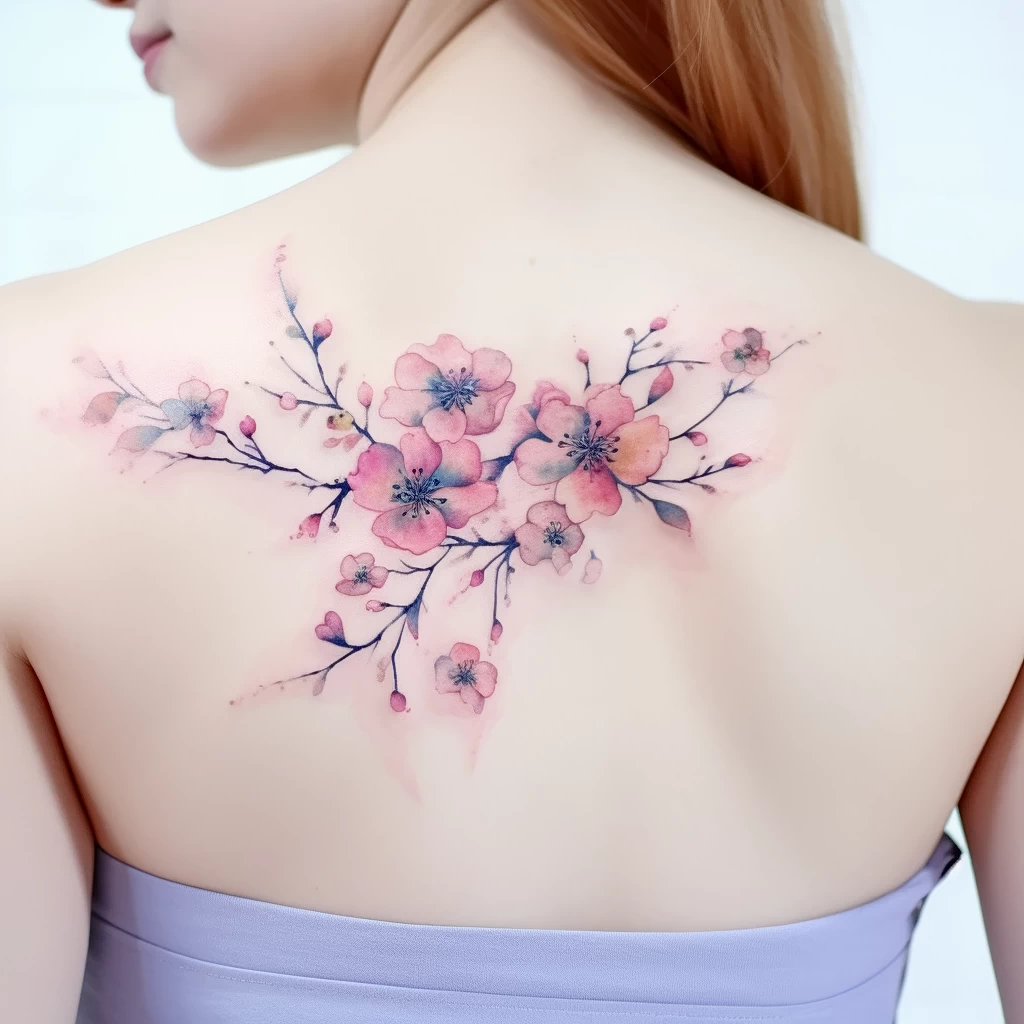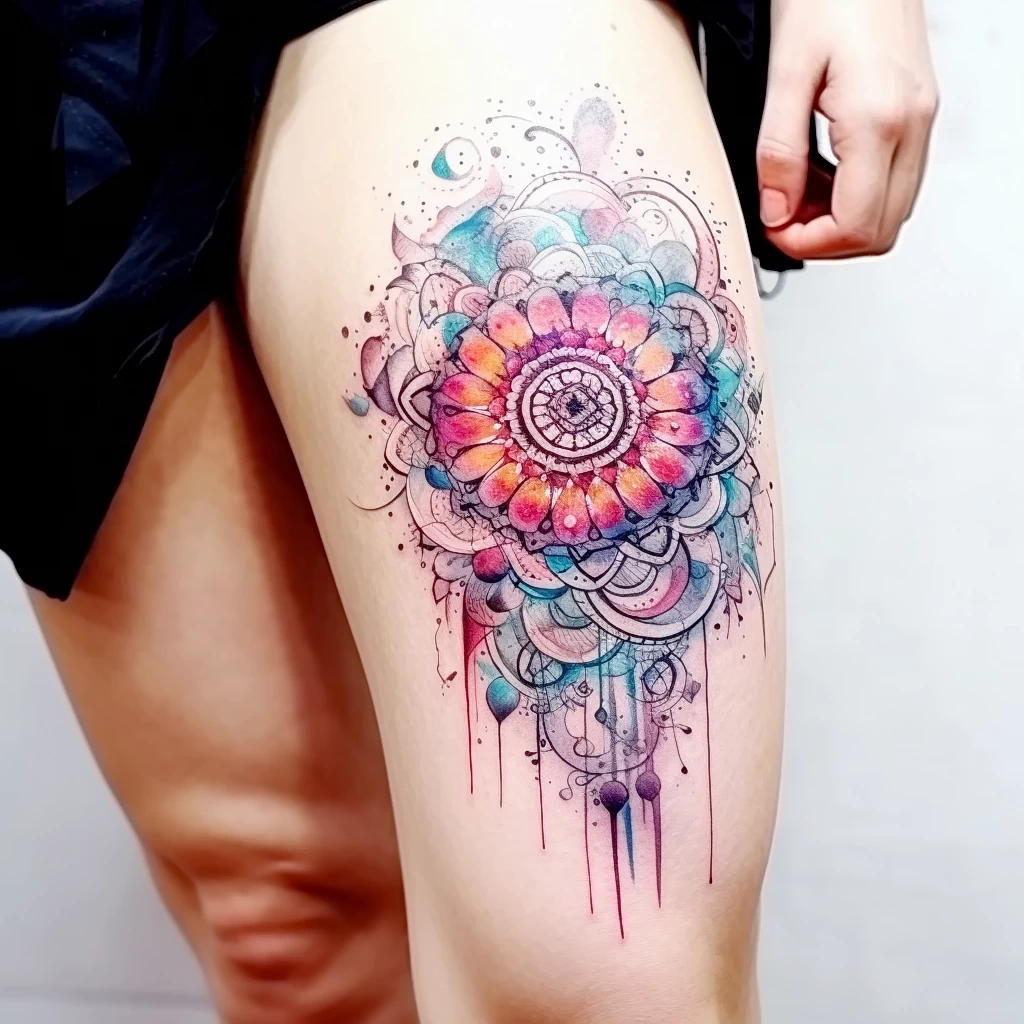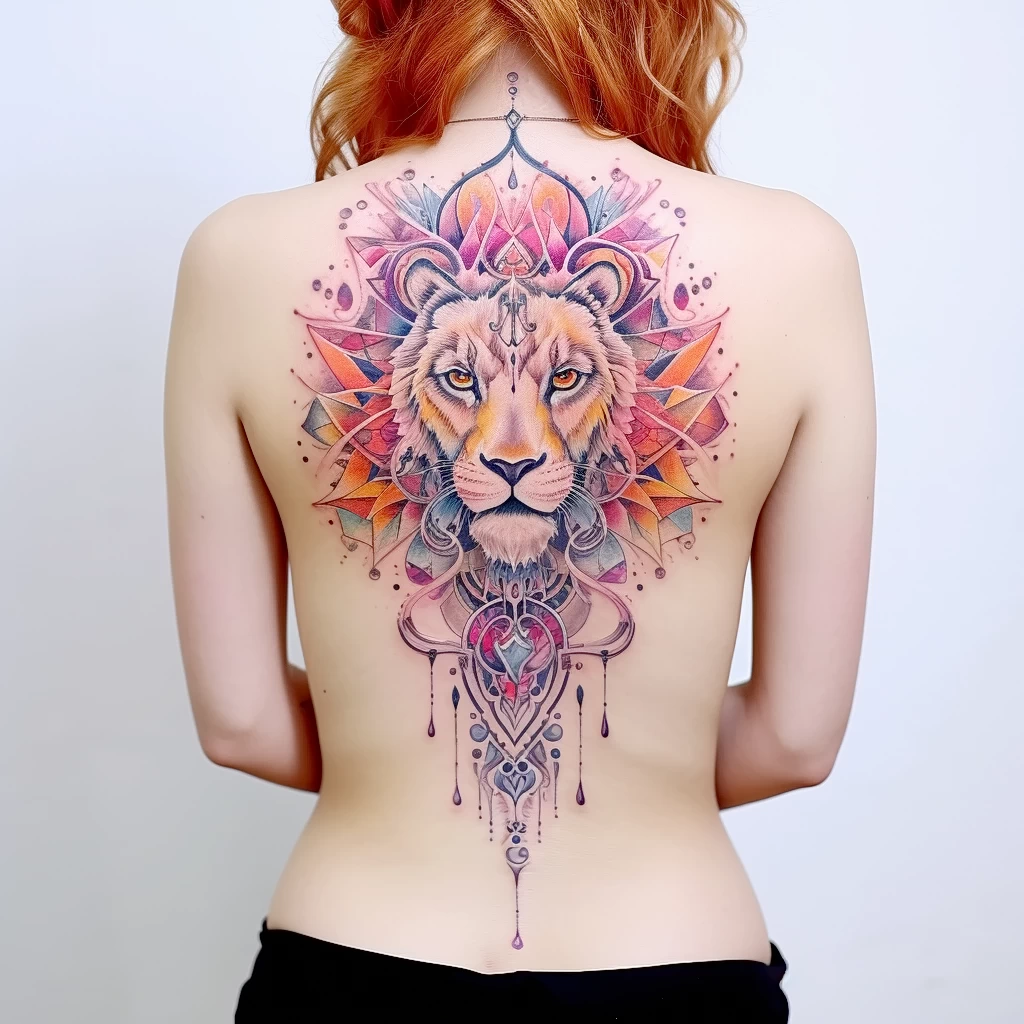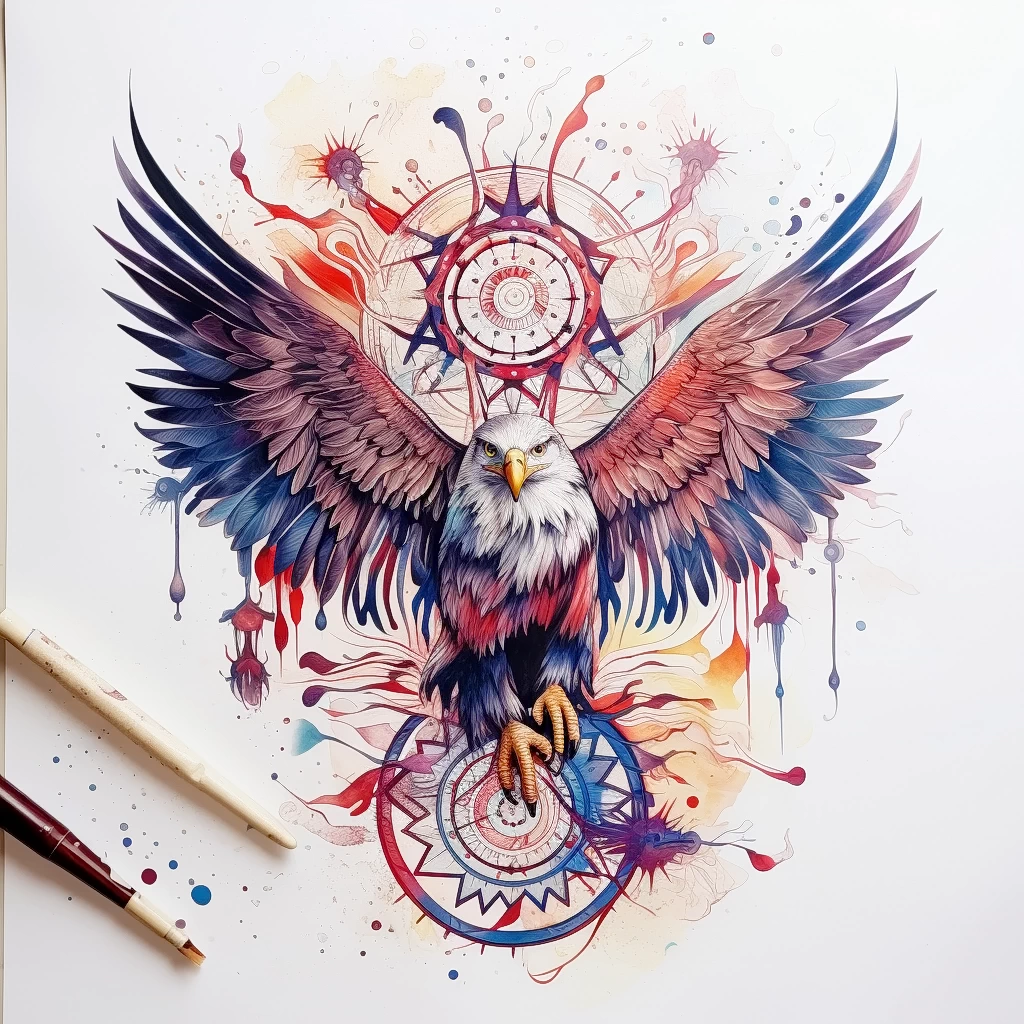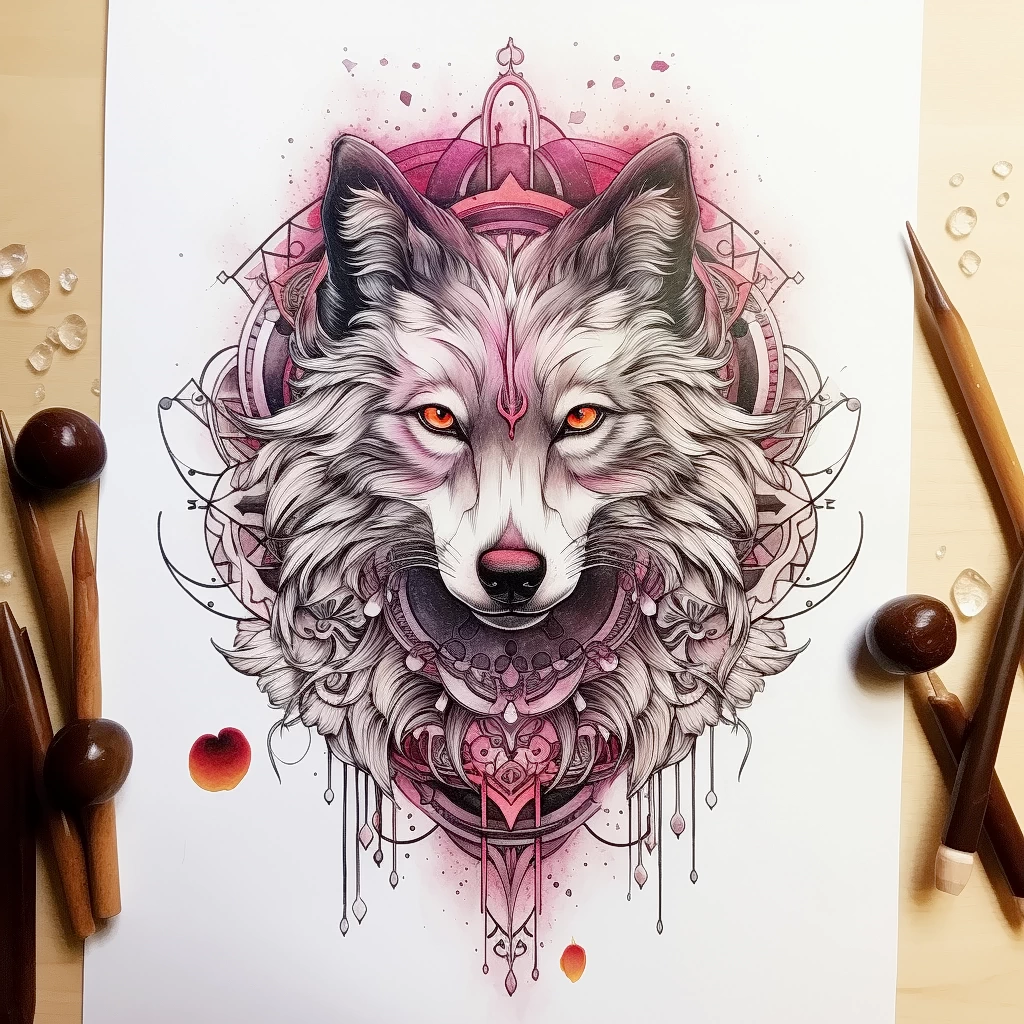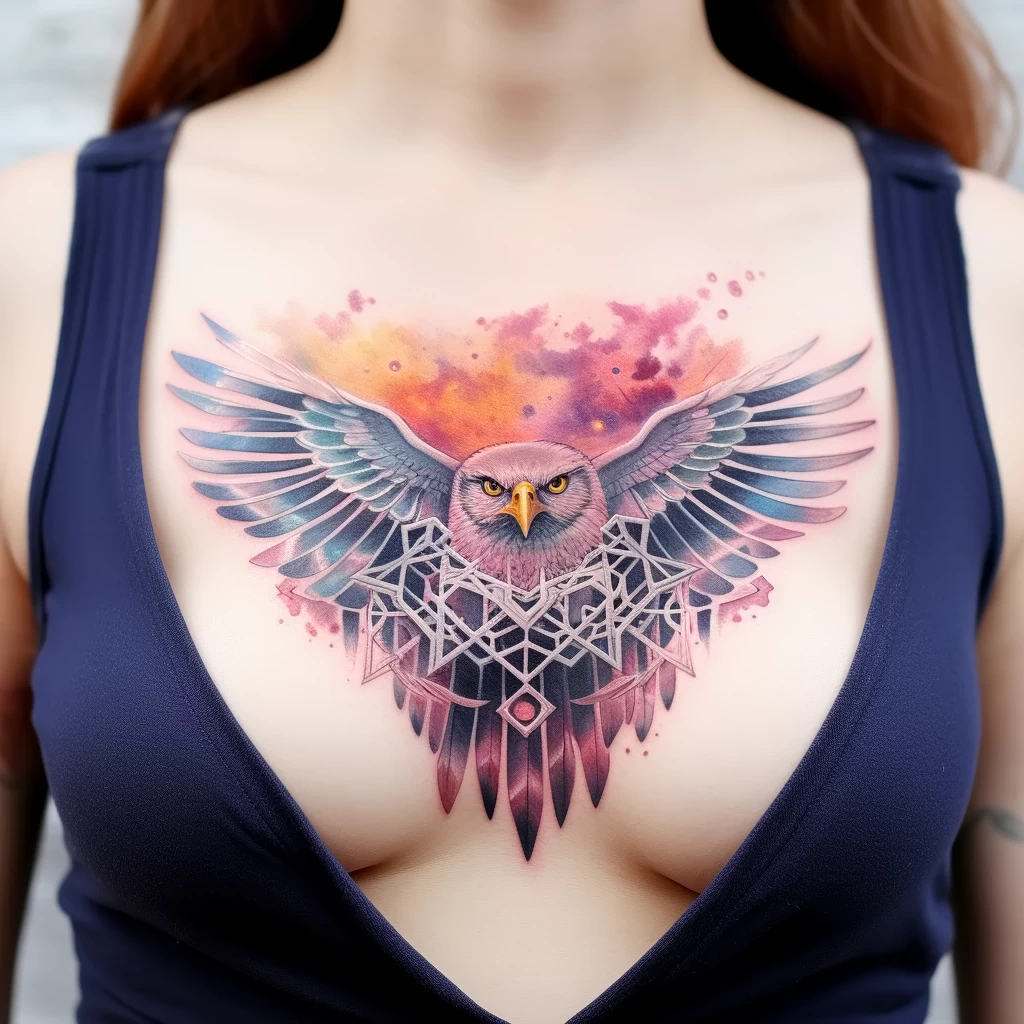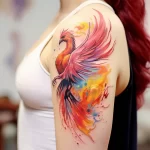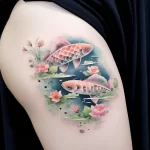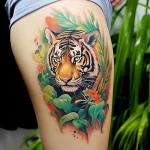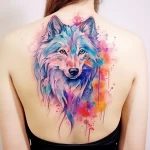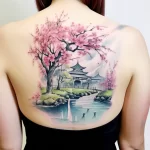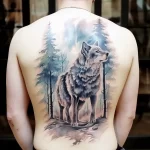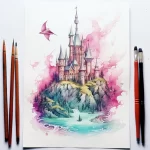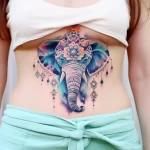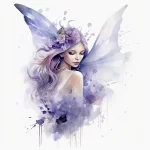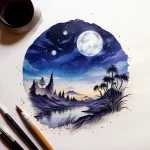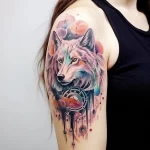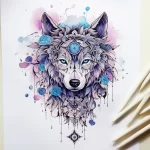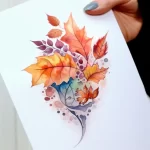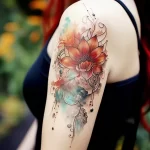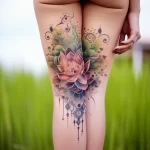Watercolor tattoos are not just a trend in the world of tattoos, they are an entire art form, transferring the delicacy and airiness of watercolor paintings directly onto the skin. In this article, we will immerse ourselves in the world of watercolor tattoos, exploring their unique techniques, design variations, and nuances of execution. From bright and expressive colors to soft and smooth transitions — learn how watercolor tattoos become artistic masterpieces.
WATERCOLOR TATTOO DESIGNS FOR WORLD WATERCOLOR DAY – NOVEMBER 23: INTRODUCTION
November 23 marks one of the most colorful holidays in the world of art — World Watercolor Day. This day is dedicated to celebrating and valuing watercolor painting, an art known for its lightness, transparency, and ability to capture the finest nuances of light and shadow. Watercolor art, long loved and admired by artists and art enthusiasts, today finds new expression in the world of tattoos, offering fresh and innovative approaches to traditional tattoo art. The connection of watercolor art with the world of tattoos sheds light on a unique fusion of two different forms of creativity. Watercolor tattoos are characterized by their ability to convey the tenderness and ephemeral nature of watercolors, creating effects on the skin that were previously considered impossible. These tattoos are distinguished by their brightness, depth, and painterly style, making each work a true piece of art. In this article, we will look at how watercolor tattoos are inspired by traditional watercolor art and how they have become a popular direction in modern tattoo art.
THE HISTORY AND SIGNIFICANCE OF WORLD WATERCOLOR DAY
World Watercolor Day, celebrated on November 23, is a relatively new holiday in the world of art, but its roots go deep into history. This day was established to pay tribute to one of the finest and most expressive forms of painting — watercolor. The history of watercolor begins in ancient times, when artists began experimenting with water-soluble pigments. Over time, watercolor became a popular medium for creating maps, architectural sketches, book illustrations, and, of course, artistic canvases. The importance of watercolor in art cannot be overstated. This type of painting is characterized by a special transparency and lightness, allowing artists to create works filled with light, air, and subtle color gradations. Watercolor allows to capture instantaneous changes in nature and mood, making each work unique and unrepeatable. Famous artists such as William Turner and Albrecht Dürer made invaluable contributions to the development of watercolor techniques, demonstrating its full potential. World Watercolor Day is a holiday that is intended not only to celebrate achievements in watercolor painting but also to inspire a new generation of artists to master this unique and magical technique. It reminds us of the importance of preserving and developing the traditions of watercolor art and its role in the modern artistic world.
FEATURES OF WATERCOLOR TATTOOS
Watercolor tattoos represent a unique direction in the world of tattoo art, distinguished by their bright colors and smooth transitions. These tattoos are characterized by a particular style that imitates watery, blurred effects of watercolor painting. This style creates the impression that the paints have just been applied to the canvas and have not yet dried. Watercolor tattoos often lack clear contours; instead, they gently and naturally flow from one shade to another, creating a painterly and artistic image. Comparing watercolor tattoos to traditional styles, several key differences can be noted. Traditional tattoos typically have clear, dark lines and more solid, dense color fill. They often feature more graphic and distinct images, whereas watercolor tattoos are characterized by their spontaneity, lightness, and airiness. In watercolor tattoos, color plays a key role, creating effects of light, shadow, and depth that are difficult to achieve in more traditional styles. This style requires a high level of skill and understanding of color dynamics from the tattoo artist. It is important to combine different shades to create the desired watercolor effect while maintaining clarity and clarity of the image. Watercolor tattoos are ideal for depicting natural motifs, floral compositions, landscapes, and abstract patterns, giving each image a unique and aesthetically attractive look.
TECHNIQUES FOR CREATING WATERCOLOR TATTOOS
Watercolor tattoos require a special approach and technique, different from traditional tattooing methods. The main principle in creating watercolor tattoos is to create an effect of dissolving and blurring the paints, giving the work a special depth and artistic quality. Use of Techniques and Tools For creating watercolor tattoos, artists use various ink application techniques. Instead of clear and firm lines, they apply softer, blurred strokes, creating a flowing and wet effect characteristic of watercolor painting. This is achieved through various levels of ink dilution and controlled use of color transitions. Different nozzles and needles for tattoo machines are also used, allowing for the necessary fineness and smoothness of lines. The Role of Color and Blurring Color plays a key role in watercolor tattoos. Artists focus on combining and transitioning colors, creating rich yet gentle and soft shades. Blending colors together creates an effect of depth and volume while maintaining the lightness and transparency of watercolors. It is important to properly combine shades to achieve the desired aesthetic impression and color harmony. The technique of creating watercolor tattoos requires the artist to have not only artistic skills but also an understanding of color theory and the ability to work with color transitions and gradients. These tattoos are true works of art on the skin, demonstrating a unique combination of traditional tattoo art and watercolor painting.
POPULAR DESIGNS AND THEMES OF WATERCOLOR TATTOOS
Watercolor tattoos, attracting attention with their bright colors and artistic expressiveness, have become a popular choice among tattoo enthusiasts. They offer a wide range of designs and themes, each of which can be adapted to individual preferences and desires of the client. Examples of Popular Designs and Themes
- Natural Motifs: One of the most popular themes for watercolor tattoos is nature. Flowers, trees, animals, or landscapes — all of this can be depicted in a watercolor style, giving the image softness and realism.
- Abstract Patterns: Abstract designs using bright colors and unusual shapes are also popular in watercolor tattoos. These designs often stand out for their originality and uniqueness.
- Birds and Butterflies: Images of birds and butterflies in watercolor technique look particularly impressive due to the ability to convey lightness and elegance of movements.
- Marine Themes: Watercolor tattoos with marine motifs, such as waves, ships, or sea creatures, are popular for their ability to convey movement and depth of the aquatic element. How to Choose a Suitable Watercolor Tattoo Design Choosing a suitable watercolor tattoo design is a process that requires considering personal preferences and style. It is important to decide what exactly you want to convey through your tattoo: be it a certain mood, memory, or symbol. It is worth discussing your ideas with a tattoo artist who specializes in watercolor techniques so that they can offer design options that meet your wishes. In addition, it is important to consider how the tattoo will look on the skin, especially considering that watercolor tattoos can change their color and shape over time. It is recommended to choose a design that will look harmonious and only acquire more artistic value over time. Ultimately, watercolor tattoos are a way to express your individuality and creative approach, creating unique works of art on the body.
CONCLUSION ON WATERCOLOR TATTOOS
Watercolor tattoos occupy a unique place in the modern world of art, going beyond traditional tattoo art, offering new opportunities for self-expression and creativity. This style, combining the transparency and lightness of watercolor painting with the durability and expressiveness of tattoos, allows for the creation of unique artistic works directly on the skin. The Importance of Watercolor Tattoos in Modern Art Watercolor tattoos bring a new perspective to the art of tattooing, enriching its palette and technical possibilities. They allow artists and clients to explore new horizons of creativity, experimenting with color, form, and composition. This style also contributes to expanding the perception of tattoos in society, reimagining them as more than just a form of body decoration, but as true art.
THE SIGNIFICANCE OF WATERCOLOR TATTOOS IN HONOR OF WORLD WATERCOLOR DAY
Celebrating World Watercolor Day, watercolor tattoos become not just a fashionable trend, but a symbol of the importance and influence of watercolor art in the modern world. They remind us of the richness and variety of artistic forms and techniques, as well as the importance of preserving and continuing traditions. Each watercolor tattoo is not only a beautiful image but also a way to pay tribute to the art of watercolor, its history, and its significance in culture. Watercolor tattoos reflect the richness of human imagination and the desire to explore new forms of art. They are a testament to how traditional artistic techniques can find new life and application in the modern world, inspiring both artists and art enthusiasts around the world.
At Tatufoto.com, we strive to always be at the forefront of modern tattoo art, and watercolor tattoos are one of its most impressive directions. We will continue to share the latest news, trends, and inspiring ideas in the world of watercolor tattoos. Share your opinion in the comments and subscribe to our social media pages and messengers to not miss any updates!
Photo examples of watercolor tattoo drawings (ideas for tattoos)
